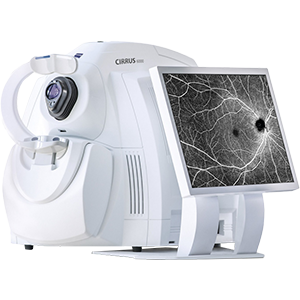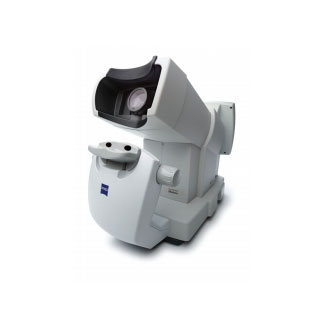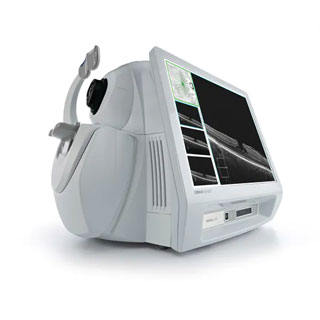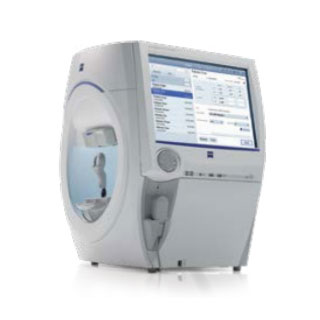Total Vision Health in Colorado : Exams to LASIK Solutions
We provide a comprehensive suite of eye care services designed to meet the diverse needs of our patients. From routine comprehensive eye exams to specialized treatments, we’ll ensure you receive the highest standard of care to maintain clear vision and healthy eyes.

Proactive and Emergency Eye Care
In addition to our core eye care services, we provide emergency eye care for those unexpected moments when immediate attention is required. Our practice also uses proactive strategies to slow disease progression, focusing on prevention, early detection, and patient education.
Ready for Permanent Vision Correction? Consider LASIK!
LASIK surgery might be the perfect option if you're considering a long-term solution to vision correction.
This highly effective procedure can significantly reduce or even eliminate the need for glasses or contact lenses, offering a permanent fix to common vision problems such as nearsightedness, farsightedness, and astigmatism.
Our optometrists will thoroughly evaluate you to determine if you are an ideal candidate for LASIK. We'll also refer you to reputable surgeons and provide post-op care, ensuring you get the best outcome possible.









